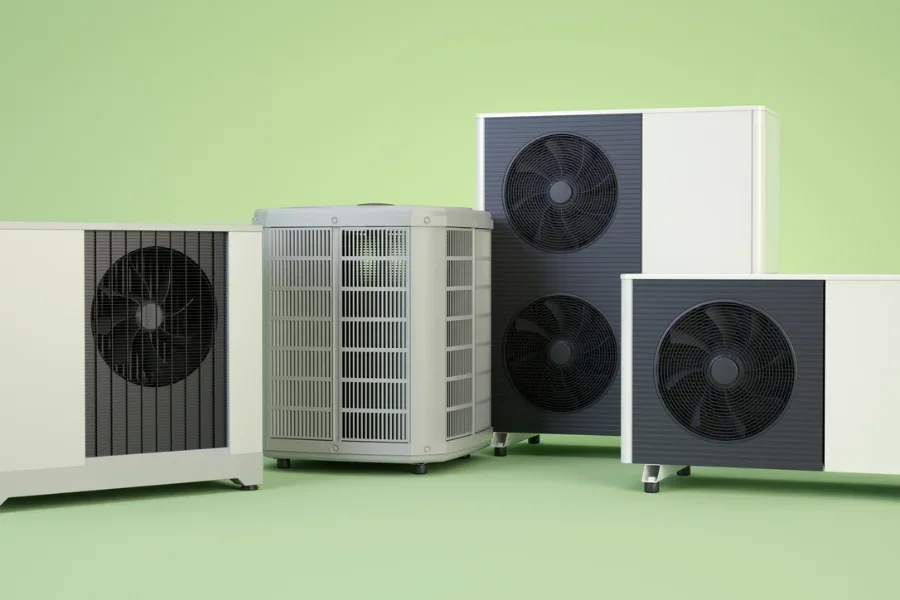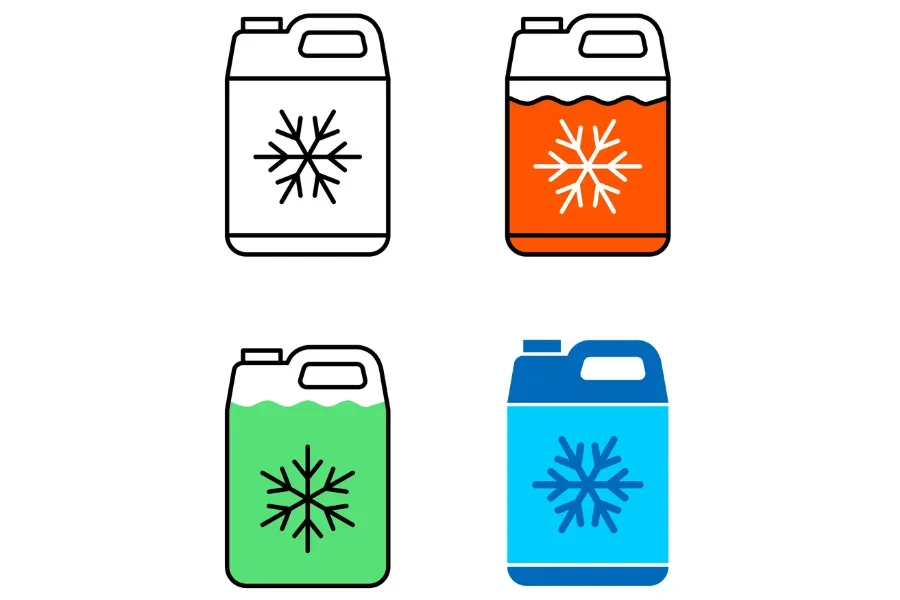Industrial laser machines need to be kept in their optimal performance condition. They require regular maintenance, and one of the most crucial times the machines require the best care is in the cold season. When winter arrives, the frigid temperatures can adversely affect industrial laser machines’ normal functionality.
To avoid unnecessary downtime and losses, proper freeze-proofing measures must be implemented. This article outlines the appropriate maintenance procedures for industrial laser machines in winter or cold regions.
Table of Contents
Laser machine market overview
Why is maintenance important in winter?
6 maintenance tips for laser machines
Conclusion
Laser machine market overview
The market for laser machines is vast. The global laser cutting machines market is estimated to be worth $3.39 billion and is projected to be worth $5.97 billion in 2032, growing at a CAGR of 5.8%.
The huge market share is expected to rise because of a huge demand for laser machines from industrial countries and the growing electronics industry that highly depends on them.
Why is maintenance important in winter?
Operating or storing laser equipment in cold temperatures is dangerous. Temperatures below 00 C will cause the freezing of the laser and water cooled-pipes. The volume of water increases once the water solidifies, causing the laser and the internal pipes in the water cooled-system to deform.
If cold water pipes are broken and the laser machine is turned on, the coolant may overflow, damaging crucial components. To reduce the chances of these losses occurring, performing antifreezing actions is fundamental.
6 maintenance tips for laser machines
Taking care of laser machines in the winter is possible with the procedures below.
Temperature control

To ensure that the laser machines are functioning properly in cold temperatures, having a heating system in the workshop is vital. If the heating facilities are not working correctly, have them fixed or upgrade them for the wintertime. The required temperature at the workshop should be above 0 °C.
The chiller that carries the water in the pipes should be left to run for 24 hours. The temperature of the water must always be regulated between 5 °C and 10 °C so that the water properly circulates and temperatures do not reach below the freezing point.
Consumers that add grease to the screw rod should make sure they clean it before. If the grease freezes in icy conditions, it may affect the movement of the machine.
Screws, coupling fastening
When the motion system runs for a long time, screws and couplings at the joints of the system may become loose, causing difficulty in the mechanical movement of the machine.
Thus, it is vital to observe the moving parts of the industrial laser machine for any unusual noises while it is running. Early identification of any loose parts helps fix the situation before it worsens.
When fixing the machine, use proper tools to fasten the screws and couplings one after the other until the last one is tightened. This ensures that the machine’s screws will be equally tight.
Adding antifreeze
The antifreeze for the laser machines comprises water and alcohol. The solution has characteristics such as a high boiling point, high heat conductivity, low viscosity, and resistance to rubber or metal corrosion.
Antifreeze assists in preventing freezing in the laser tubes and water pipes. However, the antifreeze will not heat or conserve heat, hence keeping the cooling mechanism working perfectly in frigid temperatures.
Remember that there are different types of antifreeze in the market. Depending on the local temperature, they vary in the preparation process, ingredients, and freezing points. For instance, the antifreeze for vehicles is not the same as the one for machines.
Using non-recommended antifreeze may cause a defect in the rubber or metal piece. Therefore, consumers should confirm with the user manual or supplier the right antifreeze type for laser machines.

Also, consumers should not add too much antifreeze in the laser tubes. This affects the quality of the laser light. If the laser machine is used regularly, the antifreeze should also be changed regularly.
Antifreeze cannot be used all year long like normal water. After the winter ends, dispose of the antifreeze in the pipes, clean the pipes, and continue using water as the coolant.
Draining the cooling water
Channel out cooling water if the laser machine will be switched off for a long period. To correctly drain the water, there are correct steps to follow.
1. Turn off the chillers and laser tubes and unplug the machine from the socket.
2. Detach the pipelines of laser tubes and let the water drain into a container.
3. Pump pressurized air into the tubes (the pressure should not be higher than 0.4 MPa or 4 kg) to eject any remaining water.
4. Repeat steps 3 and 4 to make sure that all water has been displaced.
Light path inspection
The light path of the laser machine functions with the assistance of mirrors working conjunctively. The light path is completed through a reflection of the mirror and the focusing of the focusing mirror. For all these mirrors to work faultlessly, users should inspect them for any faults.
Other measures include:
– Cleaning the debris at the exhaust port;
– Removing any debris at the gas path filter;
– Checking if the travel switch bracket and bumper bracket screw are tight;
– Cleaning dust on the filter screen of the electric control cabinet ventilation fan to ensure that the heat is dispersed properly in the internal electrical components.
Lubrication of power transmission components

Keeping the moving parts in the power transmission components of the laser machine lubricated is essential. Oiling and greasing assist in keeping the laser machine functioning correctly, even if it will be unused for a long period.
Additionally, in case of moisture exposure, the risk of corrosion will be minimal.
Like antifreeze, consumers should also ensure they buy the right lubricants with the right qualities. These properties include a high boiling point, high viscosity, and low freezing points.
Conclusion
The above tips explain the measures necessary for maintaining laser equipment in cold weather. Taking the right precautions saves manufacturers time from avoidable repairs and optimizes productivity.
Read more about how to source laser-cutting machines here.




